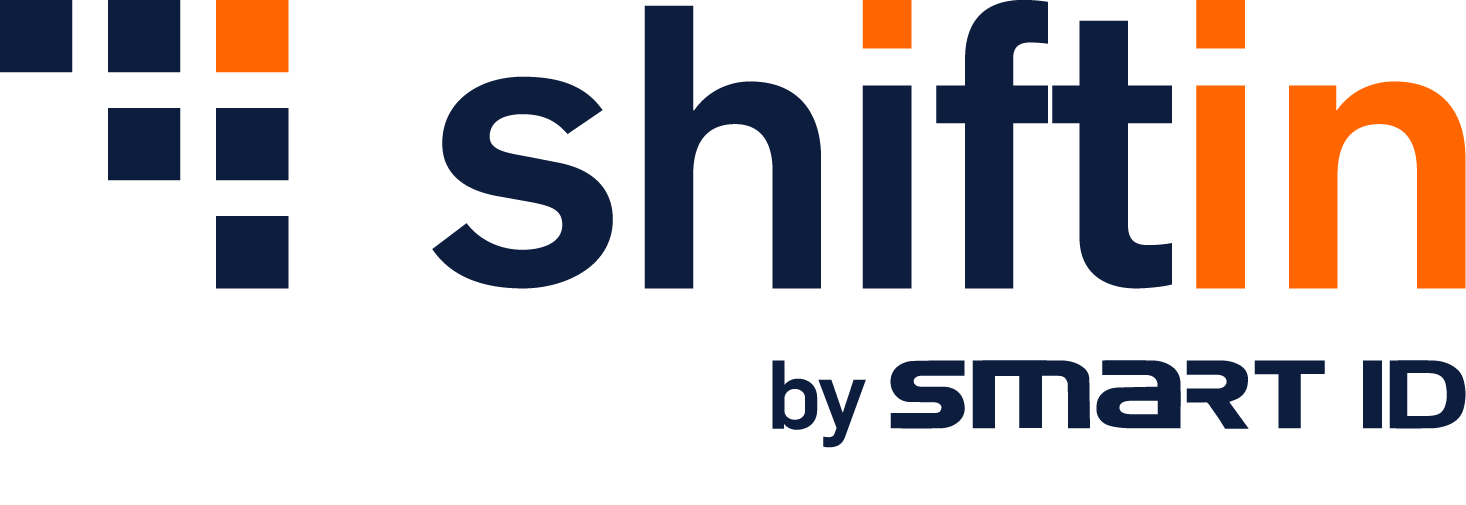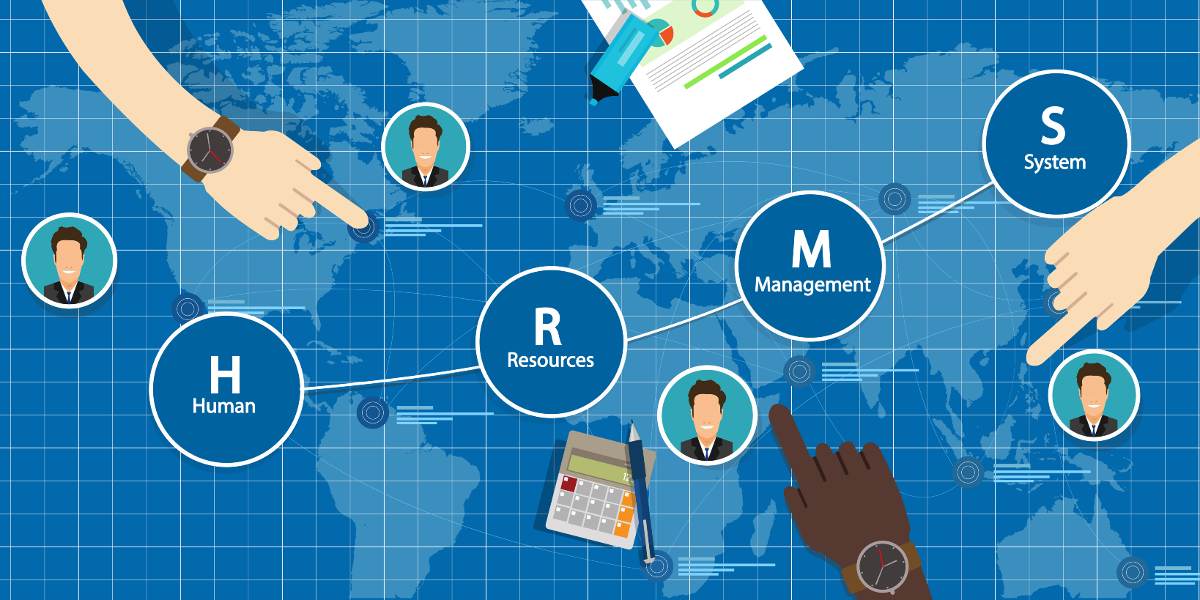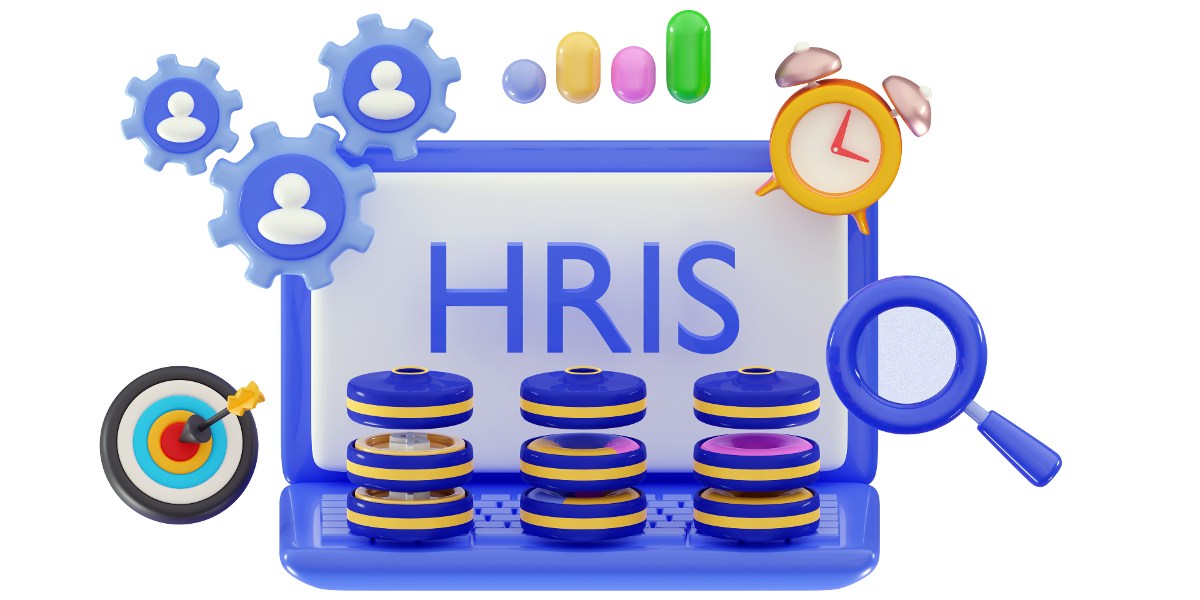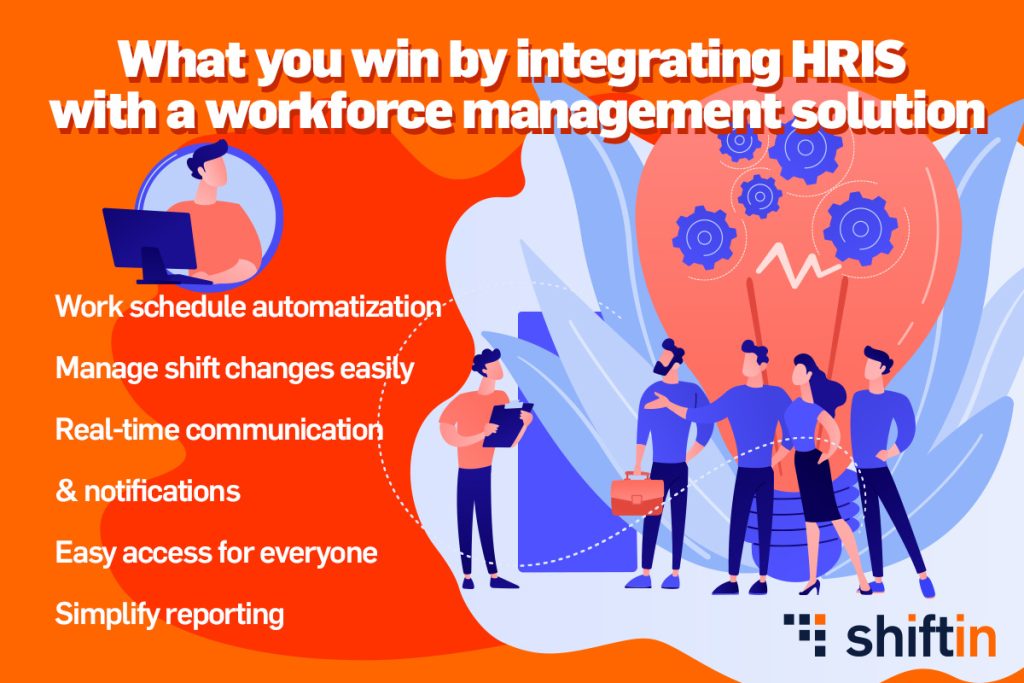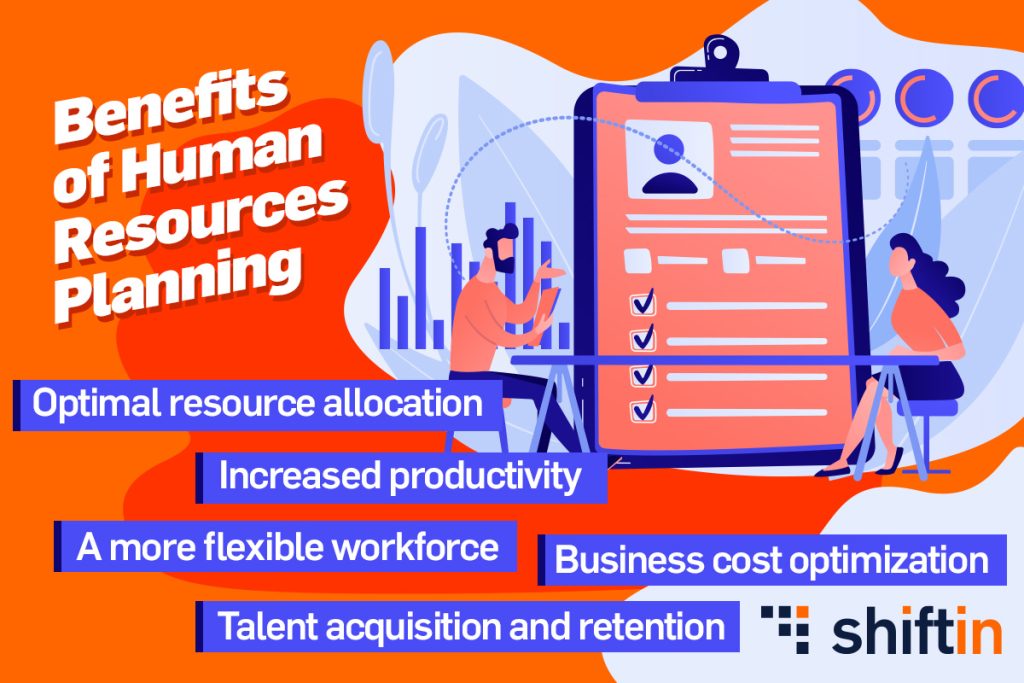The Human Resource Management System (HRMS) or HRM System is an integrated and effective software solution for managing and administering human resources in an organisation. HRMS is a platform that combines various essential functionalities such as recruitment, selection, performance management, time and attendance management, employee development, salary administration and more.
What is HRMS and how does it work?
An HRMS is a complex IT system that allows the HR department to automate and streamline processes related to HR management. Through this system, all relevant employee data can be stored centrally and accessed efficiently. The HRMS ensures better management of employee information such as personal data, employment history, salaries, absences, performance appraisals and development plans.
By using an HRMS, organisations can benefit from a number of significant advantages. One of these is increased process efficiency, as the system automates repetitive tasks and reduces manual work. This allows HR departments to allocate more time and resources to staff development strategies and other key issues. The HRMS also ensures data accuracy and integrity, minimising the risk of human error and contributing to informed decision-making.
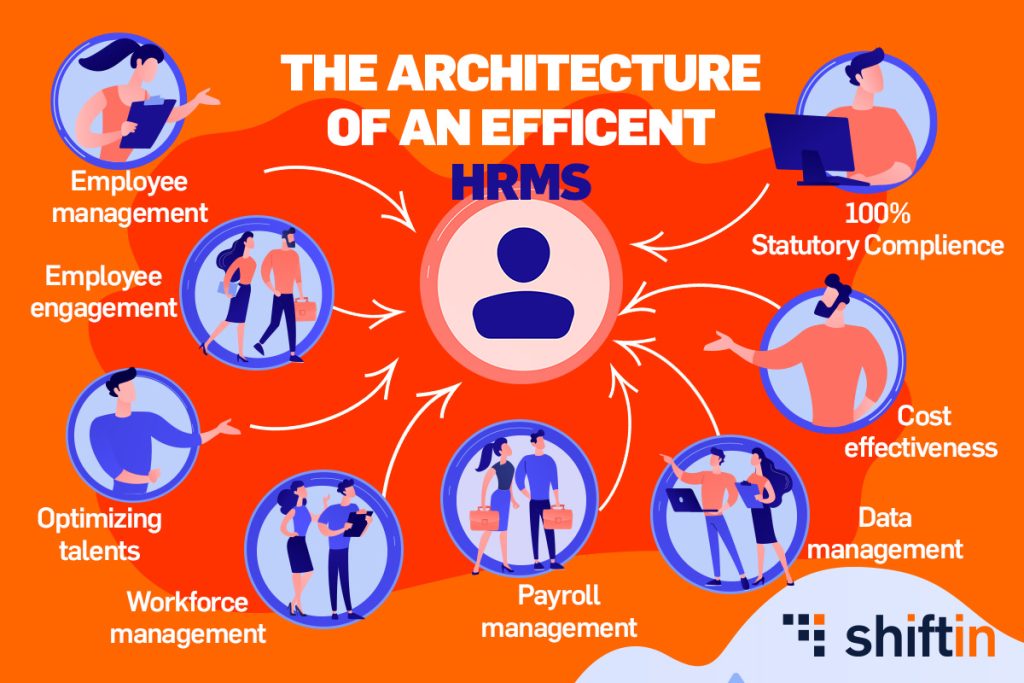
Benefits of HRMS in the organisation
Implementing an HRMS can bring multiple benefits to the organisation and its employees.
Efficient management of human resources
One of these is better human resource management, which leads to optimised internal processes and increased efficiency. By automating activities related to recruitment and selection, the organisation can identify and hire the right talent faster, reducing the time and costs associated with these processes.
Facilitating the employee performance appraisal process
The system allows you to set targets and performance indicators, monitor progress and evaluate results. It provides a clear picture of individual and team performance, making it easier to identify strengths and areas for development.
HRMS and automated shift scheduling solutions
shiftin
shiftin is a software solution that optimises shift scheduling, considering employee availability, staffing requirements and labour law restrictions. By automating the shift scheduling process, shiftin can reduce administrative effort and ensure a fair distribution of tasks among employees.
In conclusion, an HRMS is essential for the effective management of human resources within an organisation. By integrating different functionalities and automating key processes, an HRMS optimises the management of employee information and facilitates the processes of recruitment, selection, performance appraisal and payroll administration.
